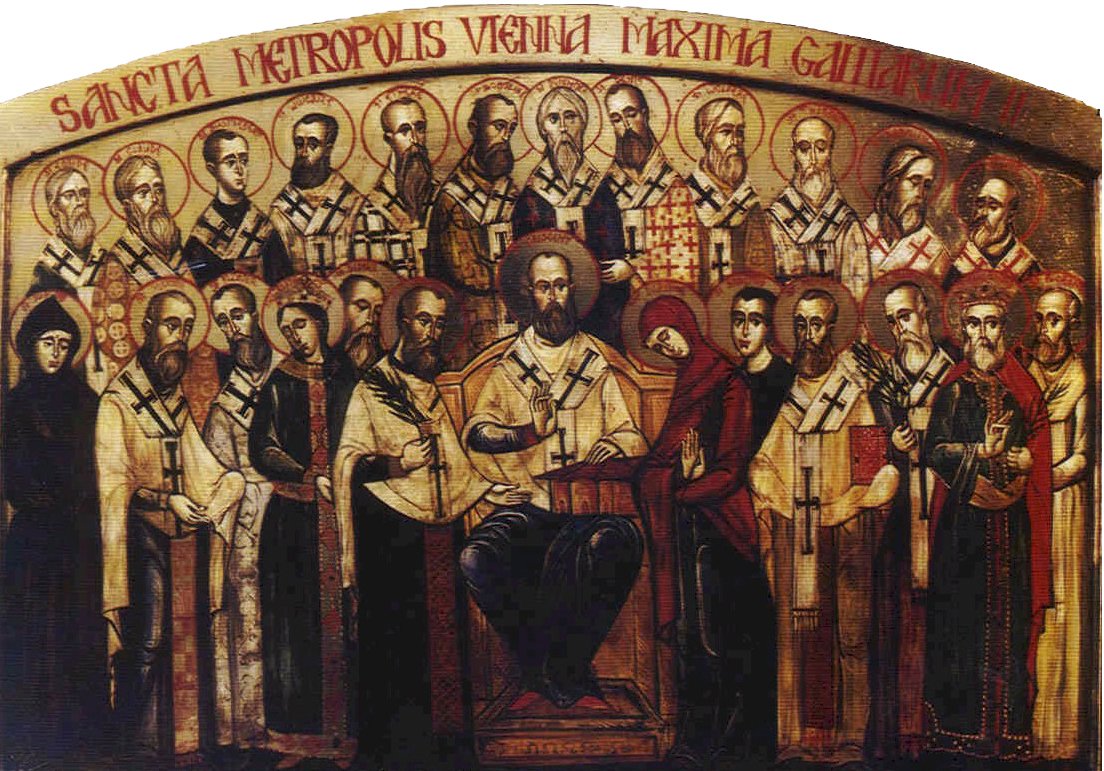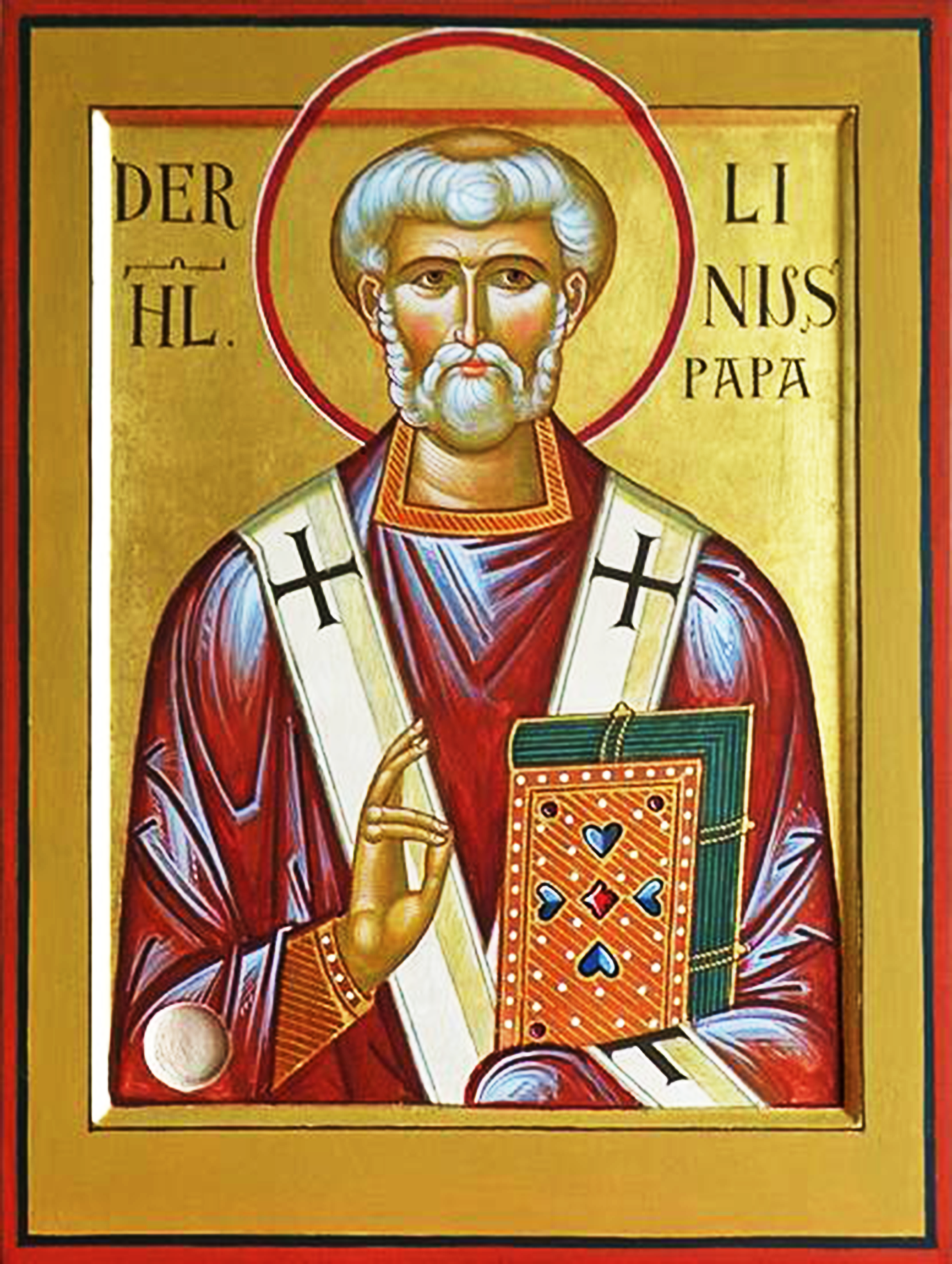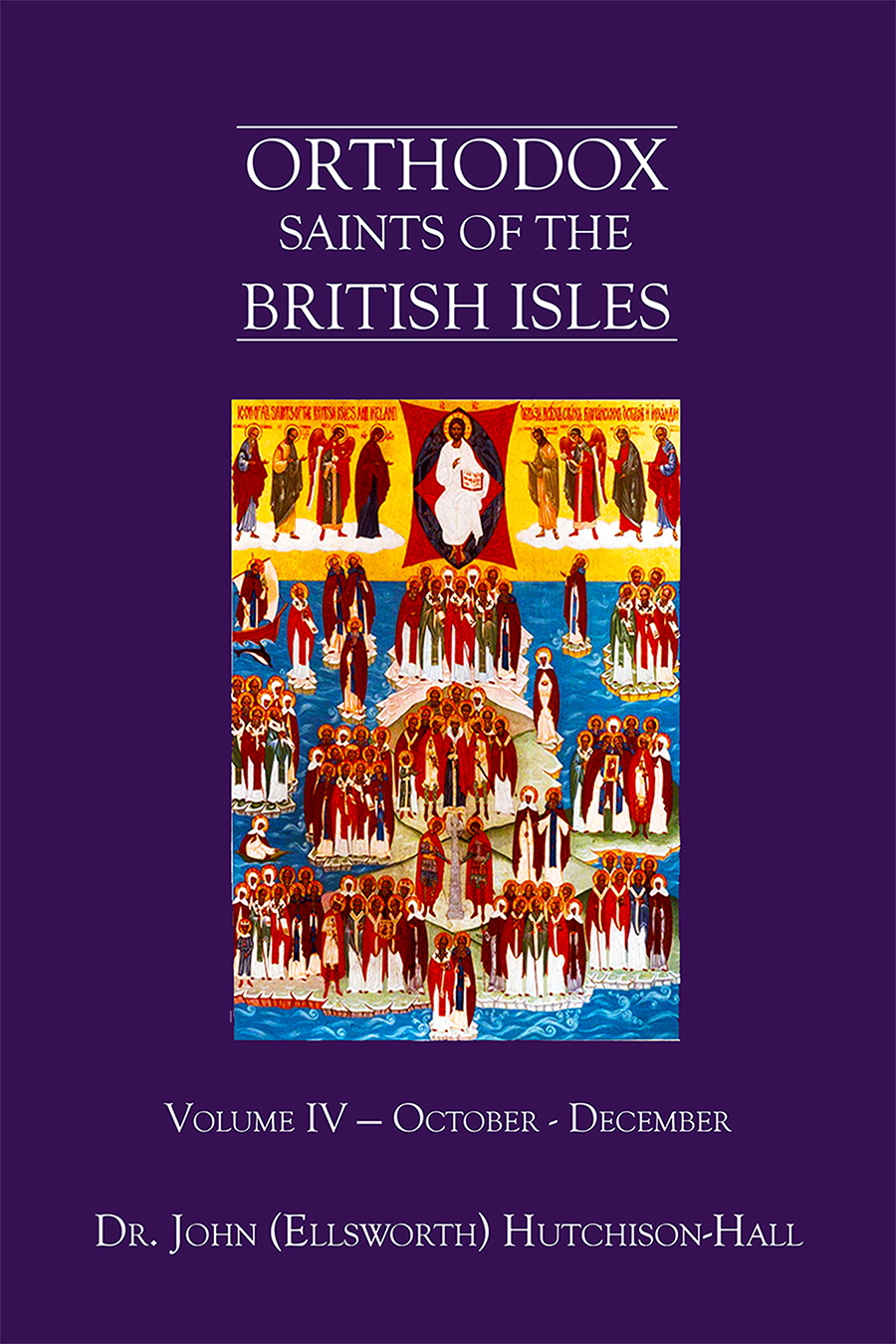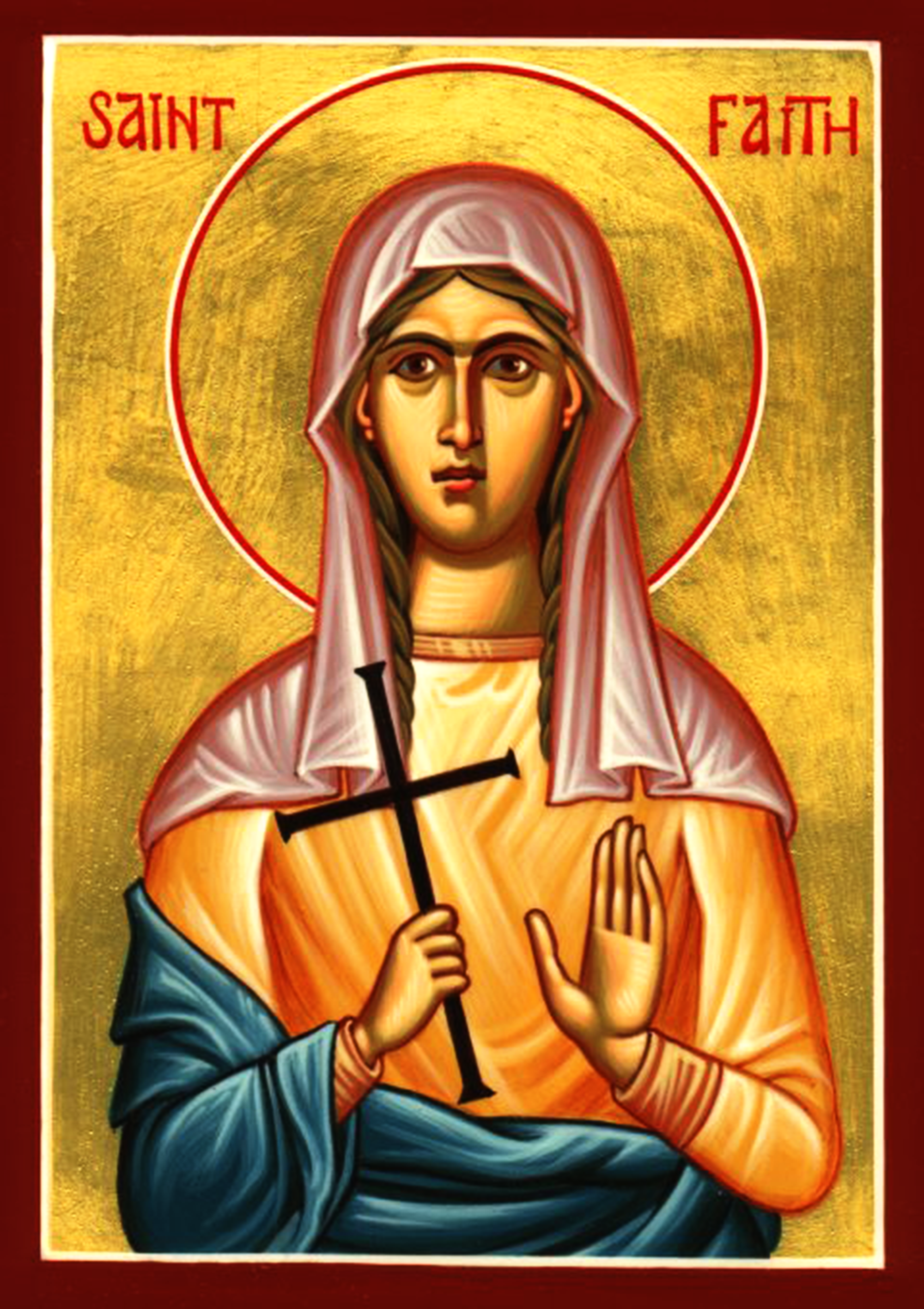
Orthodox Saints of the Pre-Schism
See of Rome
6th October (NS) — 23rd September (OS) 2023
ADOMNÁN (ADAMNÁN, ADAM, EUNAN) of IONA, hagiographer, statesman, clerical lawyer, and one of the most important figures in either Scottish or Irish history, St. Adomnán was the ninth Abbot of Iona. He was author of the most important Life of St. Columba of Iona, the Vita Columbae, which is of great historical value for its information on monastic life of that time. St. Adomnán also wrote the Lex Innocentium, better known as Cáin Adomnáin (Law of Adomnán) which was promulgated at the Synod of Birr (in the present-day Co. Offaly, Ireland in 697). This sought to guarantee the safety and immunity of various types of non-combatants in warfare. In addition, St. Adomnán authored De Locis Sancris, an account of a visit to the Holy Land by Arculf, a late seventh century Frankish bishop. There are some Latin canons in his name as well.
St. Adomnán received monastic tonsure at Iona, where he spent most of his adult life, though there are debates about where he received his training. Regardless of where St. Adomnán received his education; he attained a level of learning rare in Early Medieval northern Europe. St. Adomnán was made Abbot of Iona in 679. According to St. Bede the Venerable (25th May), visits to Wearmouth Abbey in 686 and 688 led St. Adomnán to accept the Roman method of calculating the date of Easter (vide Paschal Controversy). Though, St. Bede relates that St. Adomnán was unable to persuade the monks of Iona and its dependencies to adopt the Roman method. St. Adomnán reposed circa 704.
ANDREW, JOHN, PETER, and ANTHONY, Martyrs of Syracuse, a group of Christians, possibly more than these four whose names are still known. They were deported circa 900 from Syracuse to North Africa by the Saracens who had invaded Sicily in 827. Once in Africa, they were subjected to barbaric torture and then put to death.
CISSA of NORTHUMBRIA, St. Cissa was a disciple, and successor of St. Guthlac of Crowland (11th April) as Abbot of Crowland in England. According to the Crowland Chronicle, he was buried next to St. Guthlac, though both tombs were later destroyed by the Vikings.
CONSTANTIUS of ANCONA, a sixth century sacristan of the church of St. Stephen in Ancona in the Marches (central Italy), who is greatly venerated there.
LINUS, the second Pope of Rome, from 67 until his repose in 79. St. Linus was a disciple of the Apostle Paul (29th June), one of the Seventy, is mentioned in 2 Timothy 4:21, and is venerated as a martyr.
Get your copy of Orthodox Saints of the British Isles today.
Available at Amazon or your favourite e-bookstore.
AUREA of BOVES, (Eighth Century), a young girl from Amiens in Picardy (northern France), who received monastic tonsure at an abbey in Boves in Piedmont (north-western Italy). St. Aurea later served as Abbess of a large monastery in Rouen, Normandy (north-western France). No further details of her life are extant.
CEOLLACH, a native of Ireland, St. Ceollach briefly served as Bishop of the Mercians or Mid-Angles (England). He retired to Iona, though towards the end of his life, St. Ceollach returned to Ireland where he reposed. The exact dates of his life are uncertain, but it is believed he lived during the seventh century.
EPIPHANIA, according to the local traditions of Pavia (northern Italy) dating from the late Middle Ages, St. Epiphania was a daughter of Ratchis, King of the Lombards (r. 744–749); and in all likelihood may have been a nun as well. She reposed circa 800.
FOY (FAITH) of CONQUES, (Late Third–Early Fourth Century), often confused with the three legendary sisters known as Faith, Hope, and Charity (1st August). St. Foy was a young maiden from Agen in Aquitaine (south-western France), known for her extreme beauty and even greater holiness of life. St. Foy was tortured to death with a red-hot brazier, during the reign of the Emperor Maximian (r. 286–305), for refusing to make pagan sacrifices. Her shrine at the Abbey Church of St. Foy (abbatiale Sainte-Foy de Conques) in Conques (southern France) was a popular stop for pilgrims on their way to Santiago de Compostela.
MAGNUS of ODERZO, a Bishop of Oderzo (northern Italy) on the Adriatic coast, who is best remembered for founding some of the earliest churches in Venice. St. Magnis reposed circa 670 and is buried in the church of San Geremia in Venice.
MARTYRS of TRIER, (Third Century), the largest group amongst the untold number of Christians martyred in Trier during the Diocletianic Persecution (303–313).
PARDULF (PARDOUX), a native of Sardent near Guéret in Gaul (central France). St. Pardulf received monastic tonsure at a monastery in Guéret, of which he later served as Abbot. According to tradition, as Umayyad forces were retreating following the Battle of Tours, they arrived at Guéret. However, they refrained from sacking the monastery through the prayers of St. Pardulf. He reposed circa 738.
ROMANUS of AUXERRE, the fourteenth Bishop of Auxerre in Burgundy (east-central France), it is thought that St. Romanus reposed circa 550.
Prior to the Schism the Patriarchate of Rome was Orthodox, and fully in communion with the Orthodox Church. As Saint John of Shanghai and San Francisco +1966 said “The West was Orthodox for a thousand years, and her venerable Liturgy is far older than any of her heresies”.
Details of British Saints excerpted from Orthodox Saints of the British Isles.
Details of continental saints from these sources.
In many cases there are several spelling versions of the names of saints from the British Isles. I use the Oxford Dictionary of National Biography version as the primary version with the more prevalent version in parenthesis e.g. Ceadda (Chad) of Lichfield.



